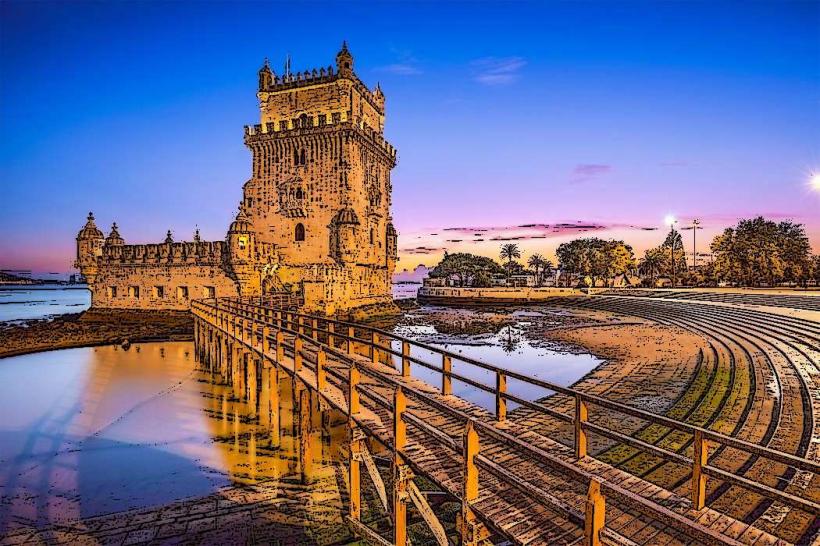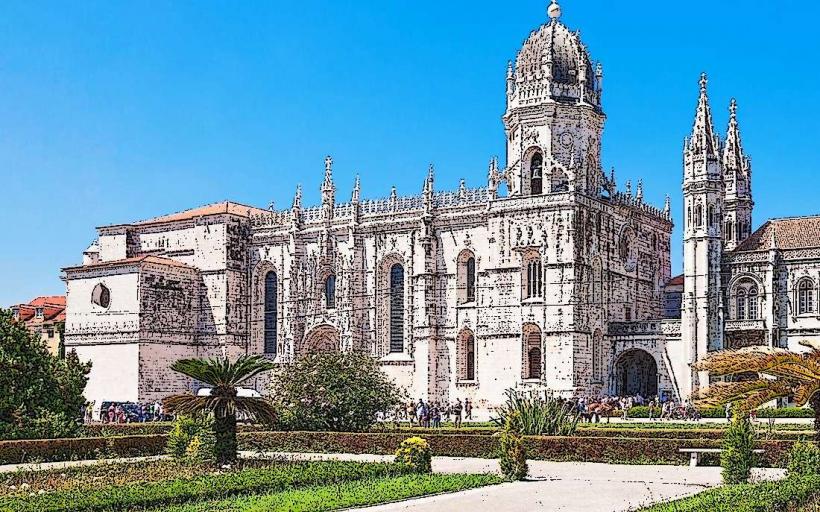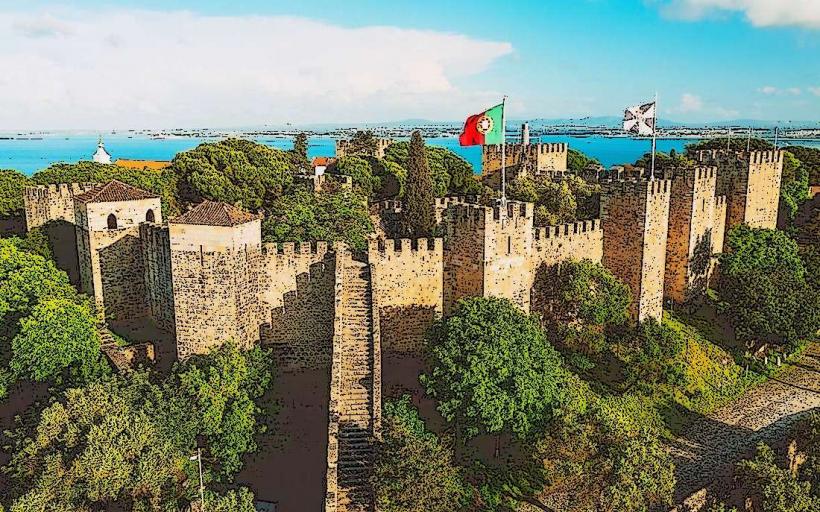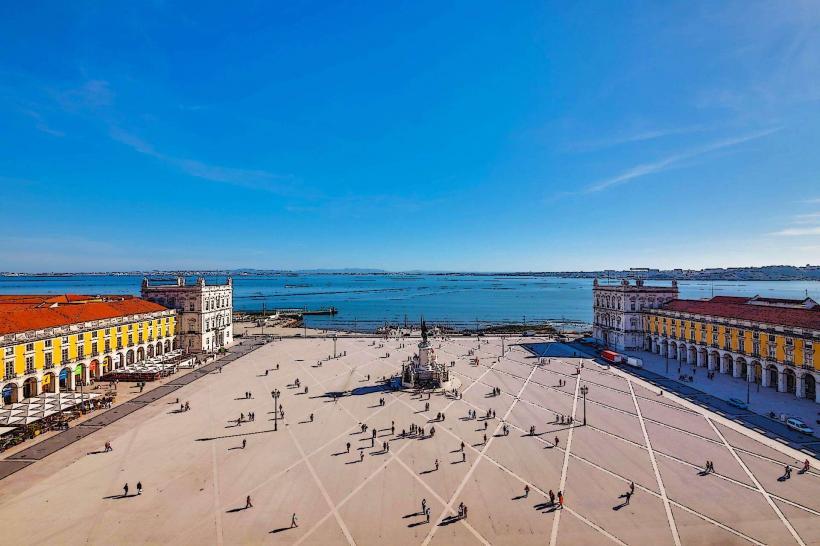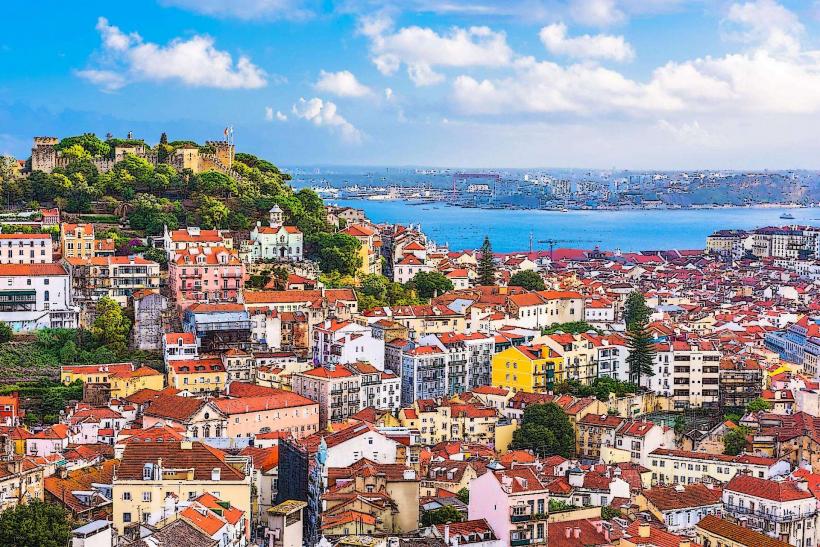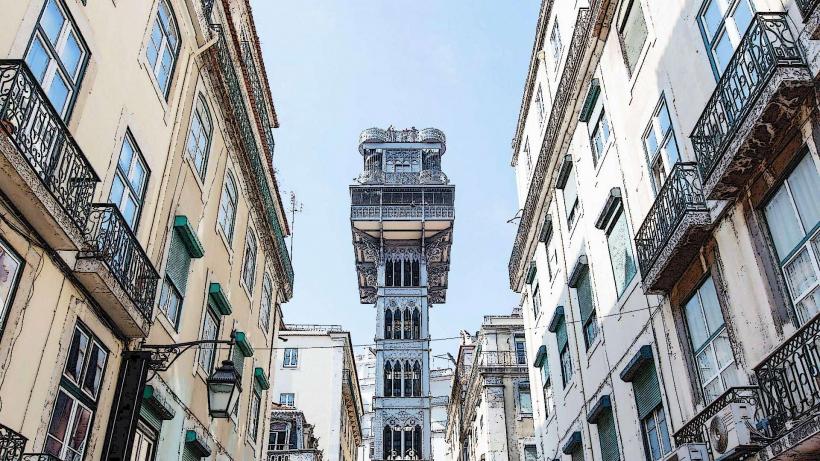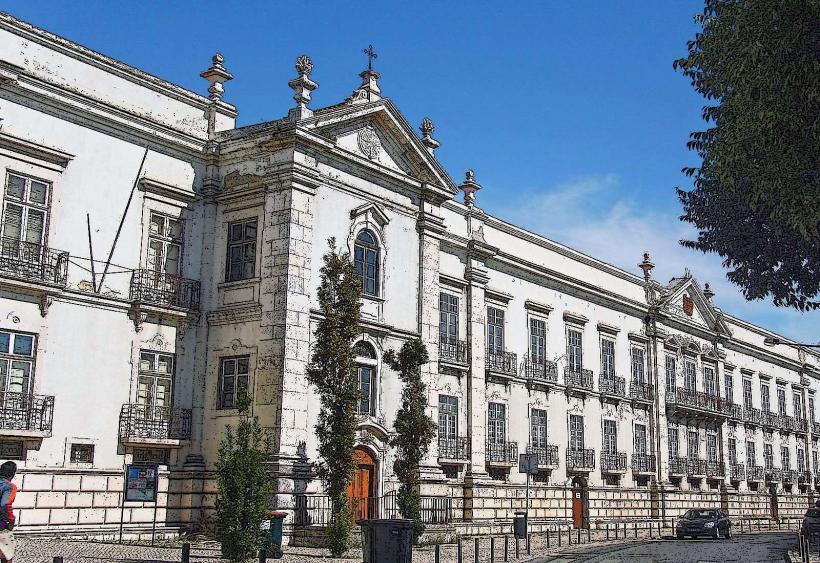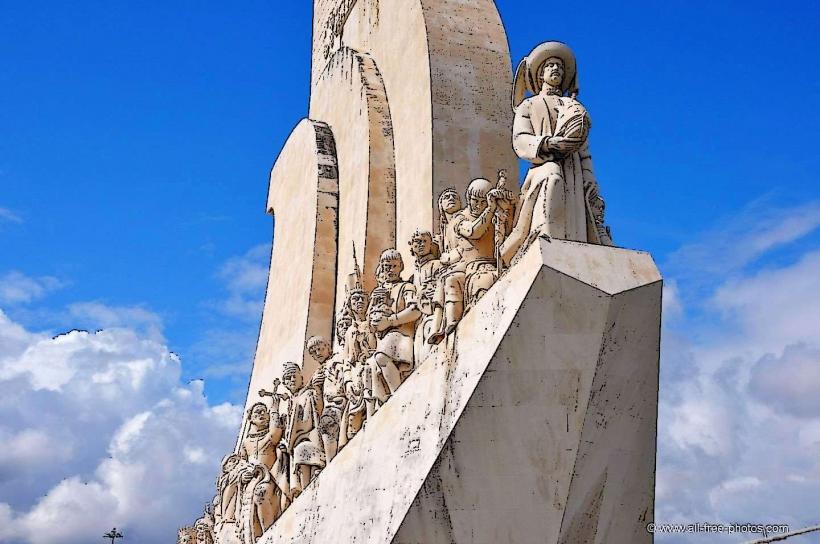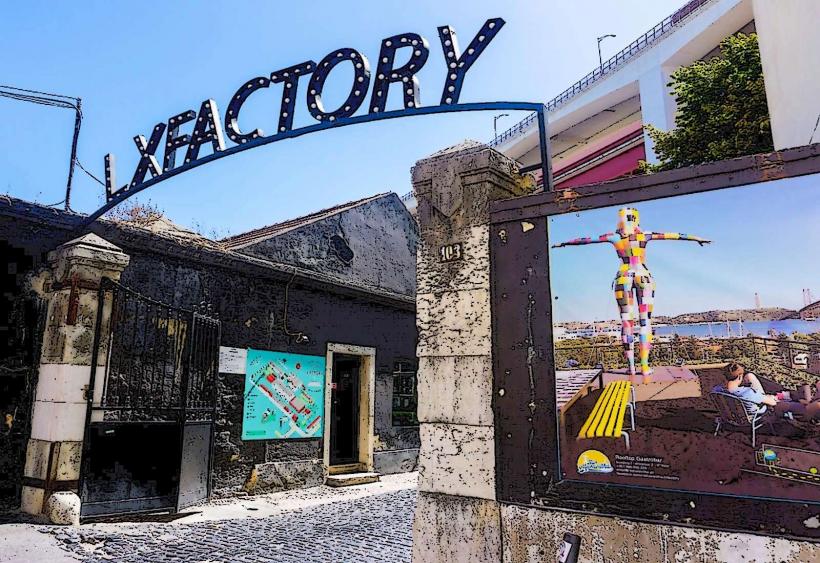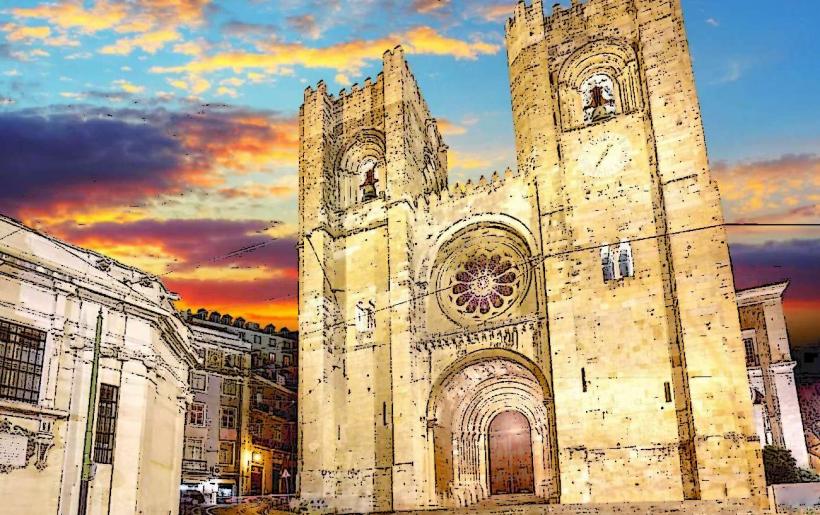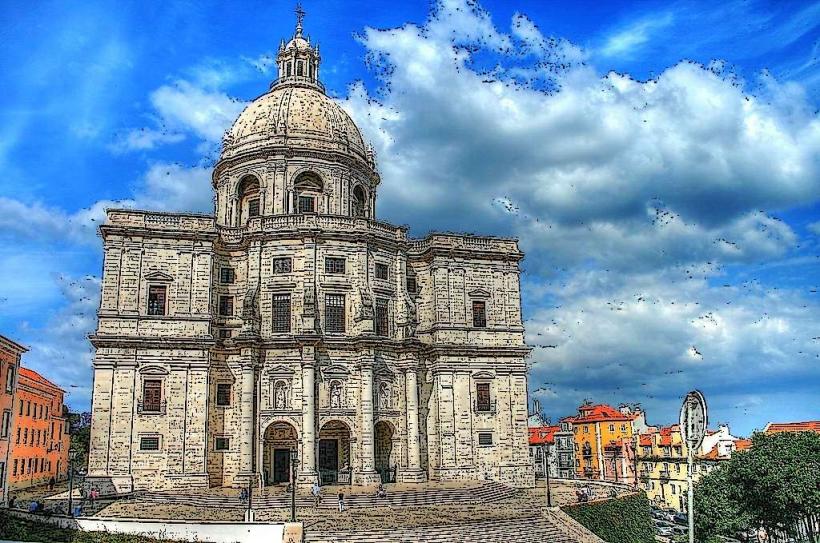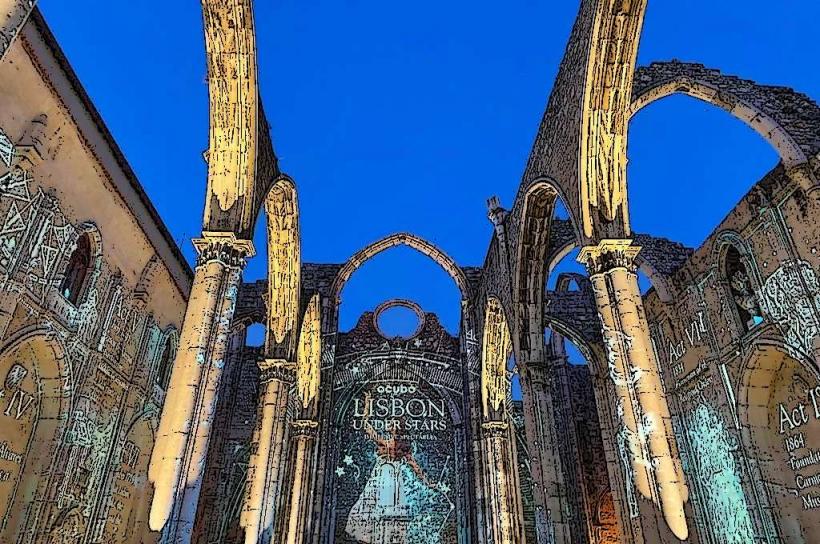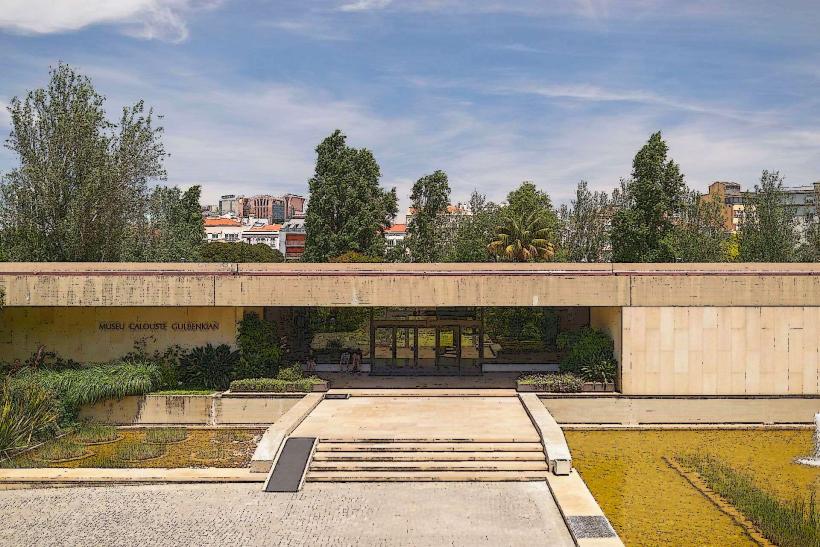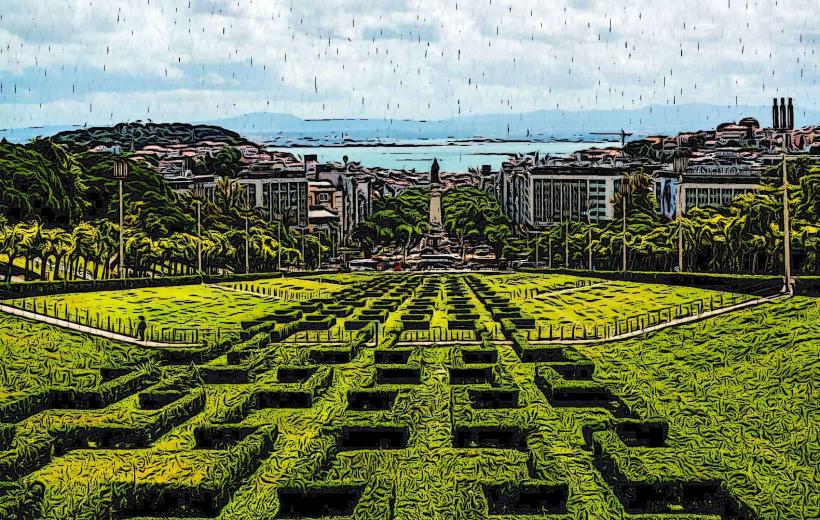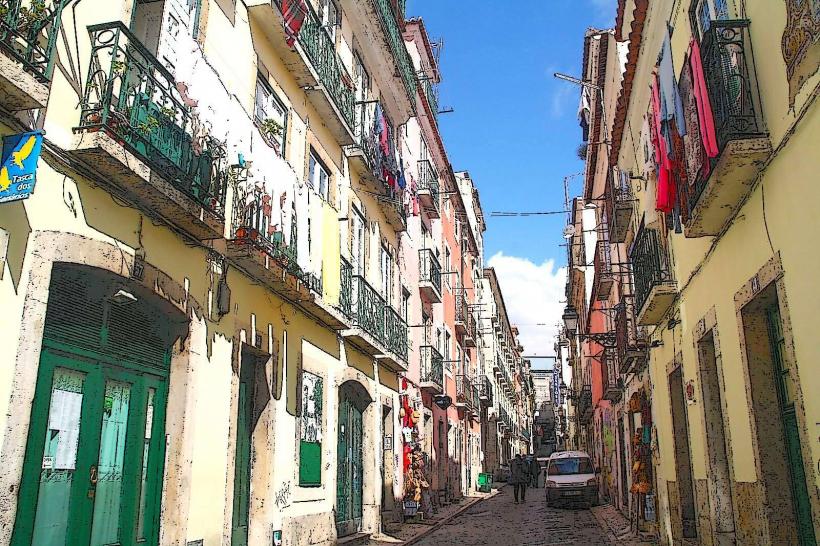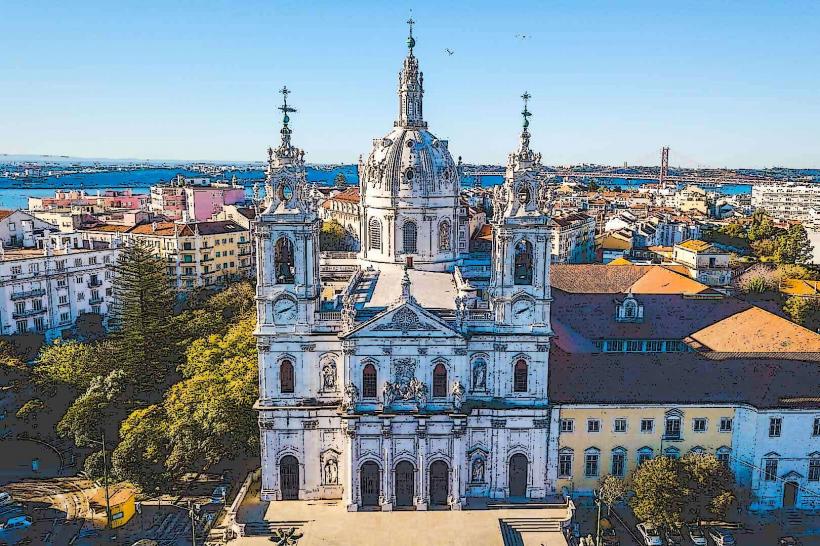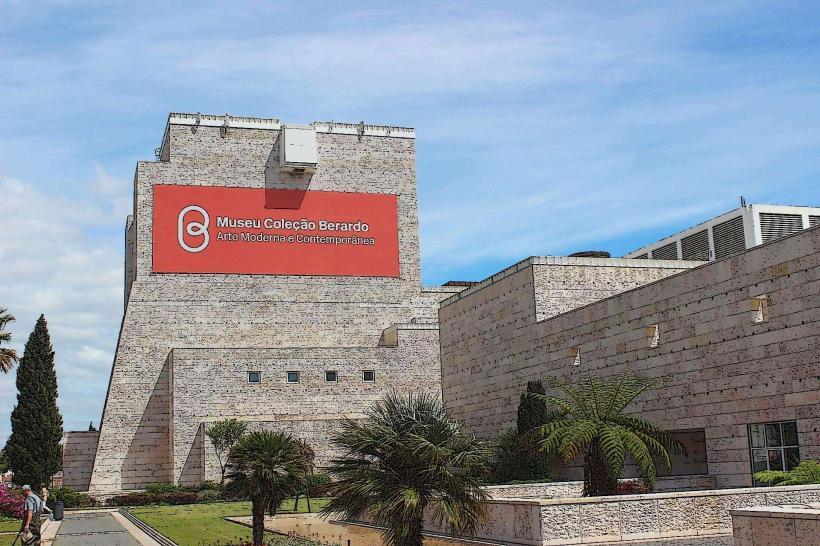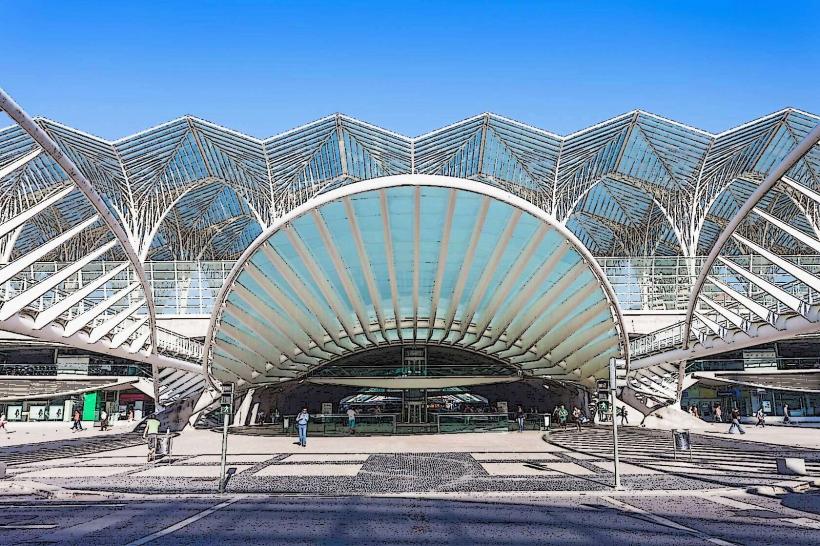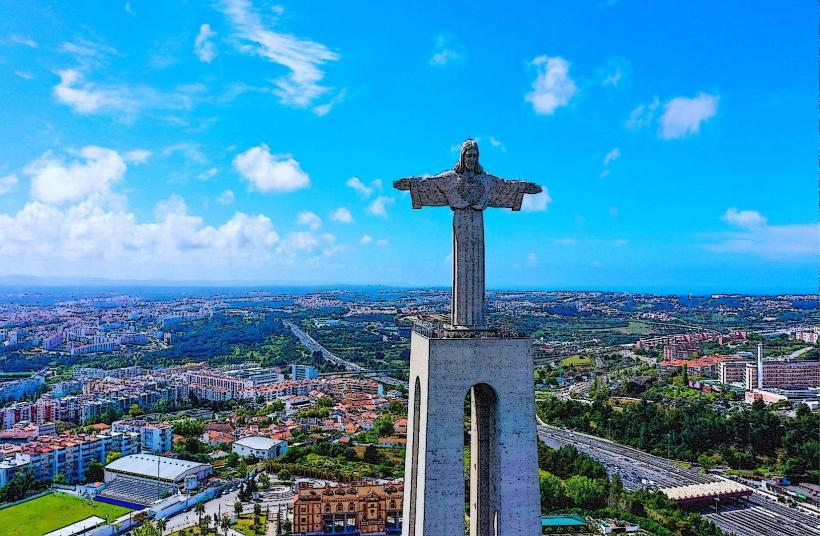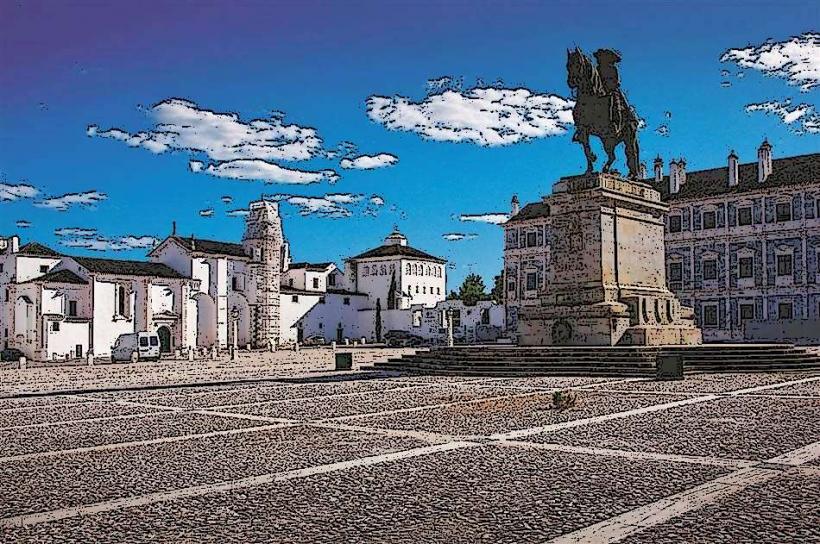Information
Landmark: Vasco da Gama BridgeCity: Lisbon
Country: Portugal
Continent: Europe
The Vasco da Gama Bridge (Ponte Vasco da Gama) is one of the most iconic and impressive landmarks in Lisbon, Portugal. It is the longest bridge in Portugal and one of the longest in Europe, offering a spectacular way to cross the Tagus River. Opened in 1998, it was a major infrastructure project that was built to meet the increasing demands of transportation and to facilitate access to the growing eastern parts of Lisbon, especially the Parque das Nações district, which was developed for the Expo 98.
1. History and Construction
- Inauguration: The bridge was officially opened on March 4, 1998, just in time for the Expo 98 World Exposition held in Lisbon, which had the theme "The Oceans, a Heritage for the Future." The project was initiated to address growing transportation needs and to alleviate congestion on the older 25 de Abril Bridge that connects Lisbon to Almada, located on the southern bank of the river.
- Design and Engineering: The Vasco da Gama Bridge was designed by the engineer Edgar Cardoso, with contributions from the architectural team Siza Vieira and Carlos Loureiro. It was built as part of a large infrastructure development plan for the city and its surrounding areas. The construction took about three years, with work starting in 1995 and concluding in 1998.
- Naming: The bridge is named after the famous Portuguese explorer Vasco da Gama, who was one of the most renowned figures of the Age of Discovery. His voyages to India opened up new trade routes and contributed greatly to Portugal’s influence in global exploration during the late 15th and early 16th centuries.
2. Architectural and Engineering Features
- Length and Structure: The Vasco da Gama Bridge spans an impressive 17.2 kilometers (about 10.7 miles) from the northern to the southern bank of the Tagus River, making it the longest bridge in Portugal. The bridge consists of multiple spans and sections, including both viaducts and a main cable-stayed span. The central span is 420 meters long, allowing large ships to pass underneath.
- It was designed to handle both road and rail traffic, with six lanes for road traffic and provisions for future rail transportation. This makes the Vasco da Gama Bridge not only a marvel of modern engineering but also a critical part of the transportation infrastructure in Lisbon and its surrounding areas.
- Design: The bridge combines functional engineering with aesthetic elegance. It has a sleek, minimalistic design, with clean lines and modern materials. The bridge's structure includes a distinctive cable-stayed section and large concrete piers, designed to support the massive weight of the bridge while allowing ships to navigate beneath it.
- Environmental Considerations: The construction of the bridge was done with attention to environmental impact, including efforts to protect the local wildlife and river ecology during the building process. Special care was taken to ensure the bridge did not obstruct the flow of the river or disturb sensitive areas for marine life.
3. Functionality
- Traffic and Access: The Vasco da Gama Bridge is a major transportation route that links the northern and southern parts of Lisbon. It provides a vital connection between Lisbon’s downtown area and the southern provinces of Setúbal and Alentejo, as well as links to the Algarve region. The bridge helps reduce traffic congestion and offers a faster route to the southern coast of Portugal, improving the flow of both passenger and freight traffic.
- Road Traffic: The bridge accommodates motor vehicles with six lanes of traffic, facilitating the movement of cars and trucks across the river. Given its importance as a major transportation artery, it is a key feature of Lisbon’s road network and is essential for both local commuting and long-distance travel.
- Rail Traffic: While the bridge was initially designed for road traffic, a railway line was added in 2009, allowing trains to cross the Tagus River on the same bridge. This addition makes the Vasco da Gama Bridge an important part of Portugal's rail network, connecting the Lisbon metropolitan area with southern Portugal.
4. Significance and Symbolism
- Engineering Marvel: The Vasco da Gama Bridge is a significant feat of engineering and infrastructure. It not only improved traffic flow across Lisbon but also became a symbol of modernity and progress in Portugal. Its sleek and ambitious design set new standards for bridge construction and has made it an internationally recognized landmark.
- Cultural Symbol: Named after the famous Portuguese explorer Vasco da Gama, the bridge symbolizes Portugal’s enduring maritime heritage. It connects the city to the southern part of the country, which was historically significant in terms of exploration and trade. It is a tribute to Portugal’s global impact, especially during the Age of Exploration when Vasco da Gama played a pivotal role in establishing new trade routes to India and beyond.
- Aesthetic Impact: The bridge has become a visual landmark in Lisbon’s skyline, especially when viewed from the Parque das Nações district. The sweeping curves of the bridge over the Tagus River, particularly at sunset or sunrise, make it one of the most photographed landmarks in Lisbon. The bridge is often illuminated at night, offering a spectacular sight visible from many points along the river.
5. Tourism and Viewpoints
- Views from the Bridge: Driving across the Vasco da Gama Bridge offers breathtaking views of the Tagus River, the Lisbon skyline, and the Parque das Nações district. The crossing itself is an experience, with the wide expanse of the river and the city in the distance.
- Viewpoints Around the Bridge: There are several viewpoints and scenic spots near the bridge, particularly in the Parque das Nações district, where visitors can capture great photos of the bridge and the surrounding area. The Vasco da Gama Tower, located near the bridge, also offers panoramic views of Lisbon and the river.
- Nearby Attractions: The Vasco da Gama Bridge is close to several other significant landmarks in the Parque das Nações area, such as the Lisbon Oceanarium, Gare do Oriente (train and metro station), and MEO Arena, where concerts and events are held. The bridge is part of a broader tourism and leisure zone that combines nature, culture, and modern architecture.
6. Summary
The Vasco da Gama Bridge is a stunning feat of modern engineering that serves as both a vital transportation link and a symbol of Portugal’s maritime history. As the longest bridge in Portugal and one of the longest in Europe, it connects the northern and southern parts of Lisbon, improving accessibility and reducing traffic congestion. Designed by Edgar Cardoso, the bridge is an architectural masterpiece, with a sleek, minimalistic design that complements Lisbon’s dynamic skyline. Whether you are driving across it, viewing it from nearby vantage points, or simply admiring its elegant structure, the Vasco da Gama Bridge remains one of Lisbon’s most iconic landmarks.

